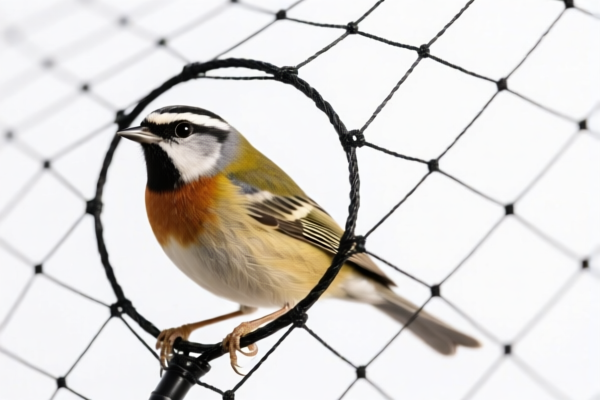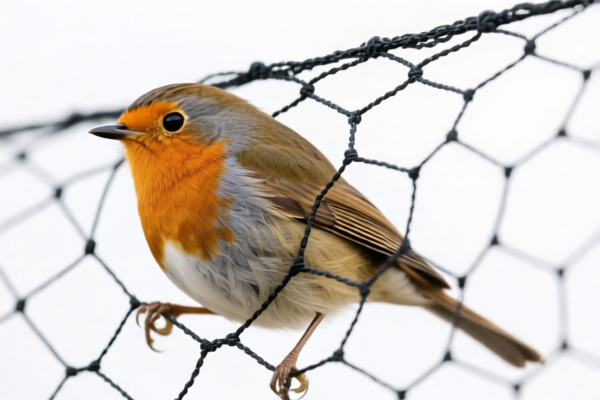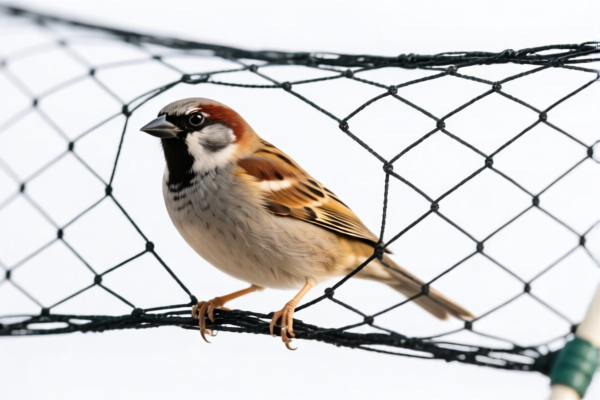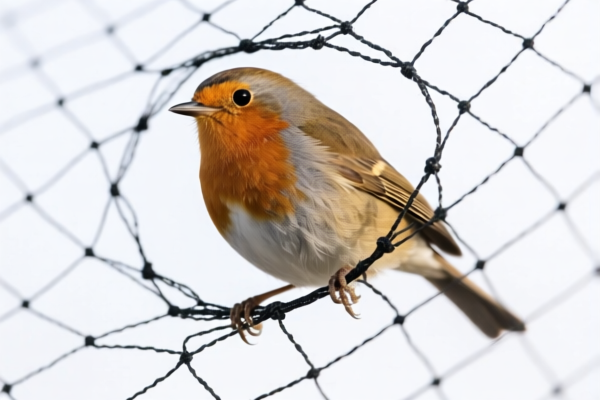| HS Code | Official Doc | Tariff Rate | Origin | Destination | Effective Date |
|---|---|---|---|---|---|
| 9507906000 | Doc | 60.0% | CN | US | 2025-05-12 |
| 9208900080 | Doc | 42.8% | CN | US | 2025-05-12 |
| 3926903300 | Doc | 36.5% | CN | US | 2025-05-12 |
| 3926909989 | Doc | 42.8% | CN | US | 2025-05-12 |
| 3916100000 | Doc | 60.8% | CN | US | 2025-05-12 |
| 3916903000 | Doc | 61.5% | CN | US | 2025-05-12 |
| 6701003000 | Doc | 59.7% | CN | US | 2025-05-12 |
| 6701006000 | Doc | 59.7% | CN | US | 2025-05-12 |
| 6702102000 | Doc | 38.4% | CN | US | 2025-05-12 |
| 6702906500 | Doc | 54.5% | CN | US | 2025-05-12 |




Butterfly Net
A butterfly net is a handheld tool used to catch insects, typically butterflies and moths, but applicable to other flying or jumping invertebrates. It consists of a flexible hoop covered with a fine mesh bag.
Material:
- Hoop: Traditionally made of willow, metal (steel, aluminum), or plastic. Willow provides flexibility and is lightweight, while metal offers greater durability. Plastic is a cost-effective alternative.
- Mesh: Typically made of nylon or polyester. Mesh size varies depending on the target insects; finer mesh captures smaller specimens.
- Handle: Commonly made of wood, metal (aluminum, steel), fiberglass, or plastic. Length varies, influencing reach and maneuverability.
Purpose:
The primary purpose of a butterfly net is the non-lethal capture of insects for observation, study, relocation, or photography. They are used in entomology, ecology, education, and recreational activities.
Function:
The net functions by being swept through the air to envelop insects. The mesh bag prevents escape while allowing airflow. The handle provides leverage and control. The flexibility of the hoop minimizes damage to delicate insect wings during capture.
Usage Scenarios:
- Entomological Research: Collecting specimens for identification, classification, and study of insect populations.
- Ecological Surveys: Assessing insect biodiversity and abundance in various habitats.
- Educational Activities: Allowing students and enthusiasts to observe insects up close.
- Butterfly Farms/Gardens: Capturing butterflies for breeding programs or relocation.
- Recreational Insect Collecting: A popular hobby for insect enthusiasts of all ages.
Common Types:
- Standard Butterfly Net: The most common type, featuring a round or oval hoop and a long handle.
- Sweep Net: A larger, more robust net often used for collecting insects from vegetation. Features a wider hoop and a stronger handle.
- Aero Net: Designed for aerial sampling of insects, often used in agricultural or forestry settings.
- Folding Butterfly Net: Features a collapsible hoop and handle for easy transport and storage.
- Extendable Handle Net: Features a telescoping handle for increased reach.
- Aquatic Net: Designed for collecting insects and other organisms from bodies of water, typically with a heavier mesh and a more durable hoop.
Butterfly nets fall under the classification of fishing tackle and nets. Here's a breakdown of relevant HS codes based on the provided information:
-
9507.90.60.00: This HS code covers “Other” articles within Chapter 95 (Musical instruments, toys, games and sports equipment; miscellaneous manufactured articles). Specifically, it includes fish landing nets, butterfly nets and similar nets. The basic tariff is 5.0%, with no additional tariff currently, but a 30.0% additional tariff will apply after April 2, 2025. A 25% additional tariff applies to steel or aluminum products. The total tariff rate is currently 60.0%.
-
6702.10.20.00: This HS code falls under Chapter 67 (Preparation of feathers and articles of feathers or down; artificial flowers; articles of artificial flowers). It specifically covers artificial flowers, foliage and fruit and parts thereof, made of plastics, assembled by binding with flexible materials such as wire, paper, textile materials, or foil, or by gluing or by similar methods. While not a direct match, if the butterfly net incorporates plastic floral elements in its construction, this code may be relevant. The basic tariff is 8.4%, with no additional tariff currently, but a 30.0% additional tariff will apply after April 2, 2025. The total tariff rate is currently 38.4%.
According to the provided reference material, the HS code options related to 'butterfly net' are limited, with only the following 2 found.
Customer Reviews
No reviews yet.